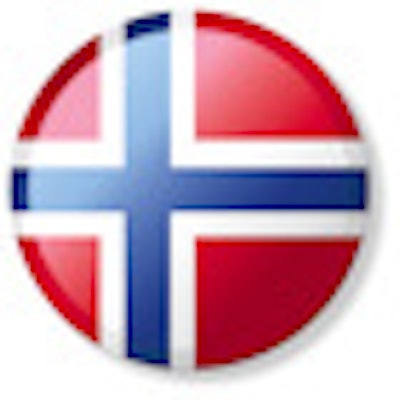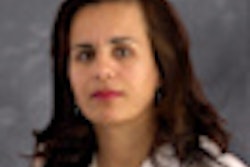
When it comes to e-health, Norway has an enviable track record. Any exchange of information between parties in the healthcare sector must be done electronically, and an Internet portal enables patients and other users to find quality-assured information and services and gain access to their own health data.
Furthermore, important patient information -- or an electronic patient summary -- must be available to health workers, independent of time and location. Personnel in all areas of the sector should have easy access to the same knowledge bases and procedures. Telemedicine makes it possible to utilize medical resources and provide treatment and care in a better way -- e.g., by transferring information about the patient instead of moving the patient, said Bjørn Astad, deputy director general of the Norwegian Ministry of Health and Care Services, during the recent World of Health IT (WoHIT) and eHealth Week 2012 meeting in Copenhagen.
To facilitate electronic data exchange, Norsk Helsenett (Norwegian health net) is a secure national data network connecting all parties in the health sector, from private actors (physicians, dentists, pharmacists, etc.) to large public hospitals and institutions. Connection to this "electronic motorway" is mandatory for all parties, he noted.
 Bjørn Astad, deputy director general, Norwegian Ministry of Health and Care Services, is responsible for Norway's e-health strategy.
Bjørn Astad, deputy director general, Norwegian Ministry of Health and Care Services, is responsible for Norway's e-health strategy.
The national web portal (www.helsenorge.no) offers health information for patients and the general public. Its current version includes general health information, including health assistance, patient rights, and treatment locations, plus access to some personal health data available from registries. Astad said the plan is to develop the portal further to include information about the citizens' own health and provide access to personal medical records, test results, discharge summary, etc. The portal will also offer possibilities for communication with care providers, including appointment booking, renewing prescriptions, and questions.
"Computer-based patient records, or electronic medical records, have been used throughout the sector in Norway for a long time," Astad explained, noting that because there are numerous suppliers, standardization is required to ensure efficient data exchange. "Actions must be coordinated at high level to avoid market fragmentation, and to make sure we all will have access to high quality systems. Services and systems must meet high standards on data protection and security, as well as being very user friendly."
Use of standards is voluntary today. This is a barrier to efficient data exchange, and stricter regulation on use of standards is needed, he added.
Norway is also working toward establishing a national patient summary, and the goal is to have a pilot project up and running in 2013. The main purpose is improved patient safety through access to vital patient data.
The electronic transfer of prescriptions will reduce the number of errors and increase patient safety, according to Astad. The ePrescription (eResept) project has developed a solution to ensure that the whole value chain -- from prescription to delivering the medicine to the patient at the pharmacy, and the following economic reimbursement -- are tied together in one electronic path. Full national coverage will be achieved within the first quarter of 2013, he stated.
There are numerous key lessons from the success of Norway's e-health projects. A strong political commitment is essential; governance and leadership are important. Strategies must meet concrete needs. Data protection and security have to be heeded; this enables a high level of trust and the support of the public as well as care providers. Laws and regulations are mandatory, and stakeholders have to be engaged and integrated.
"There are important cross-border issues within health care, where e-health solutions also play a crucial role," Astad outlined. "I support the work carried out by epSOS -- Smart Open Services for European Patients -- with respect to the health area in particular, and the STORK -- Secure Identity Across Borders Linked -- project working with eID issues in general."
Policymakers, leading physicians, hospital CEOs and CIOs, and representatives from payer organizations came together at the WOHIT event to discuss "the application of modern information and communication technology to meet the needs of the population -- of patients, health personnel, health administrators, and politicians," Astad noted.
These technologies provide support in reaching the policy goals for the healthcare sector, he said. They include improved quality of care (patient satisfaction, effectiveness, and efficiency of medical services); improved availability (equal access, reduced waiting, and better utilization of resources); continuity of care (coordination of processes and exchange of information among care providers); patient empowerment (increasing patients' ability to influence decisions regarding care and treatment); and patient safety (reduced risk of patient harm).
"My impression is that we all have to deal with the same challenges. Events like eHealth Week are a suitable occasion to make contacts for further cross-border cooperation, and to be updated on international e-health trends," he summarized.



















